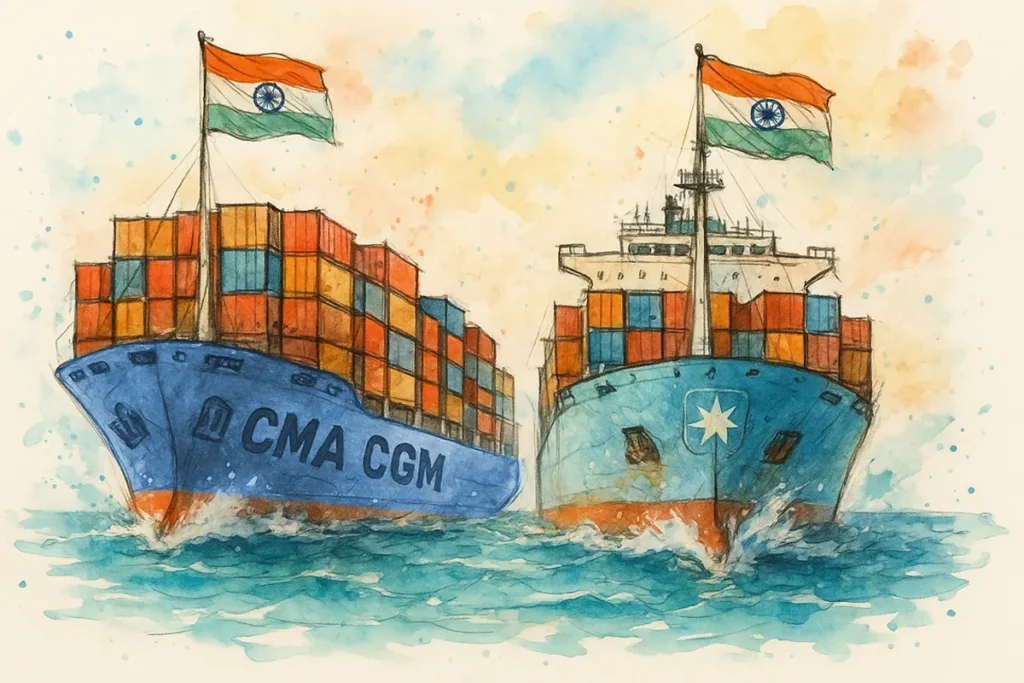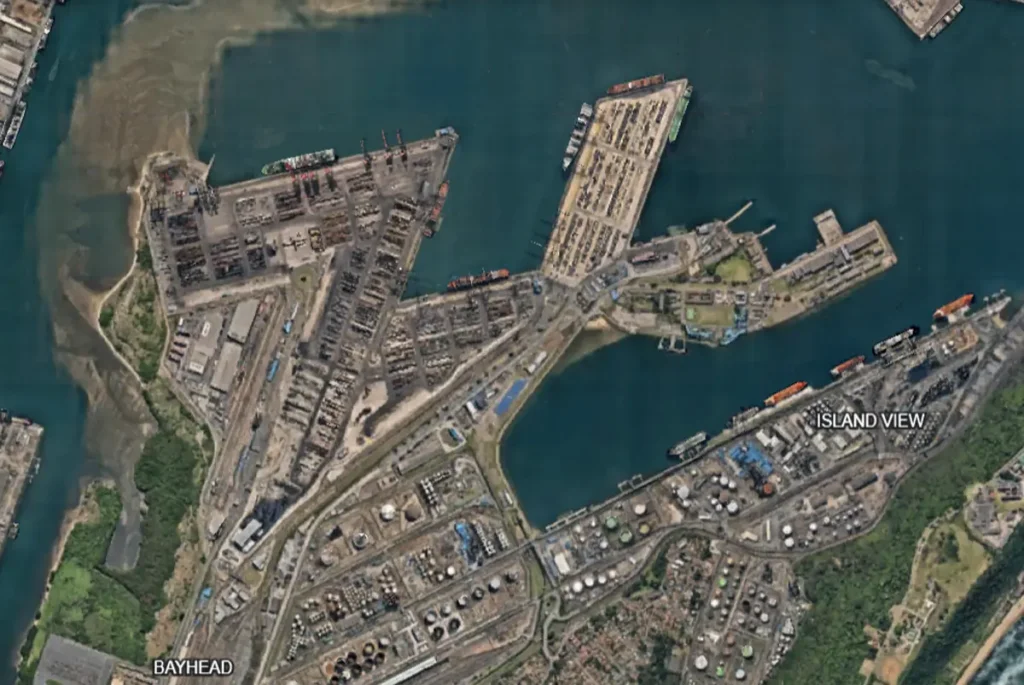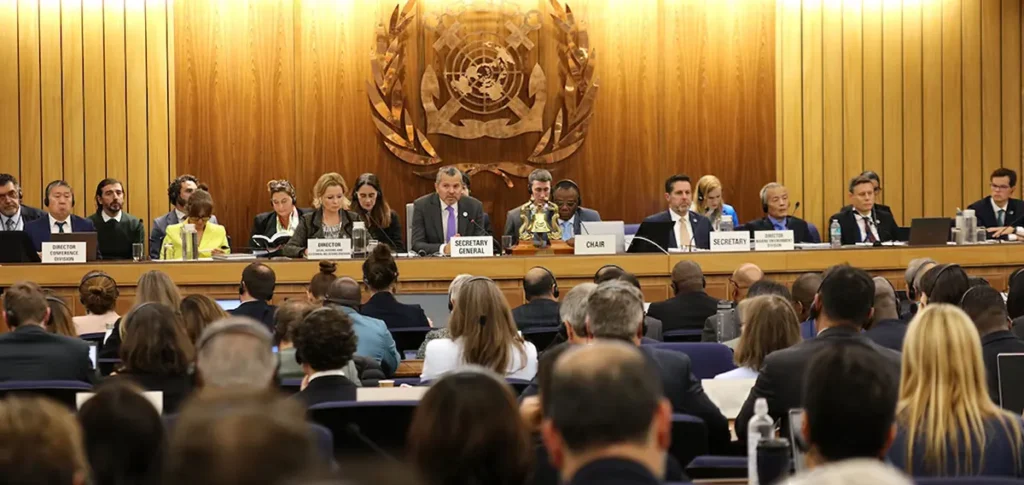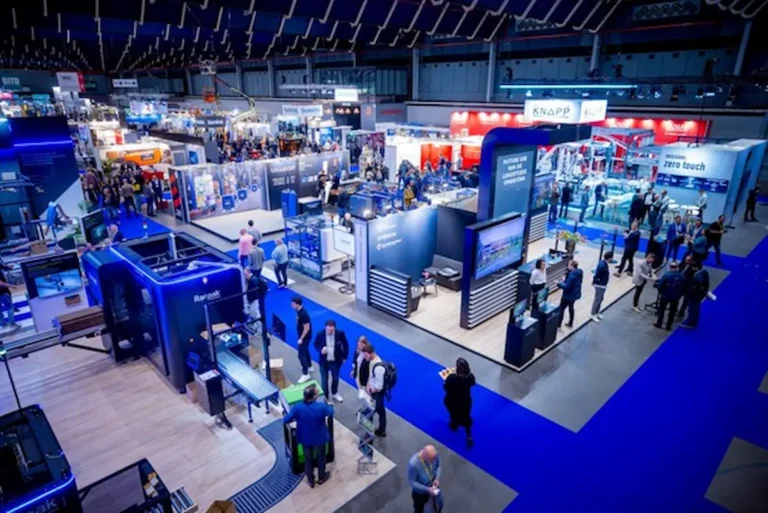In a significant development, the United States and China have agreed to a 90-day pause in their ongoing trade war, marked by a substantial reduction in the “Liberation Day” tariffs.
This agreement, reached during high-level talks in Geneva, aims to de-escalate tensions that have disrupted global markets and supply chains.
Key highlights of the agreement
- Tariff reductions: The U.S. will reduce tariffs on Chinese goods from 145% to 30%, while China will lower tariffs on U.S. imports from 125% to 10%.
- Duration: These reductions will take effect on May 14, 2025, and last 90 days.
- Continued negotiations: Both nations have committed to ongoing discussions to address broader economic and trade issues and establish a more sustainable and mutually beneficial relationship.
Announcing the agreement, US Treasury Secretary Scott Bessent is reported to have said “The consensus from both delegations this weekend is neither side wants a decoupling. What had occurred with these very high tariffs was the equivalent of an embargo, and neither side wants that. We do want trade, we want more balanced trade, and I think that both sides are committed to achieving that.“
Implications for global trade
Positive market reactions: As per the New York Post, the announcement led to a surge in global stock markets, with significant gains observed in technology and retail sectors.
Relief for businesses: The temporary tariff reductions are expected to alleviate some of the financial burdens on businesses, particularly those in the manufacturing and agricultural sectors that have been adversely affected by the trade war.
Supply chain stabilisation: The easing of tariffs may lead to improved stability in global supply chains, which have experienced disruptions due to the escalating trade tensions.
There is, of course, a widespread expectation that there will be a rapid and substantial upswing in cargo movement from China to the USA based on the backlog of orders that the US importers have been holding back on..
Maersk, whose shares also reportedly jumped more than 12% along with Hapag-Lloyd’s share of 14%, has acknowledged to the BBC that this US-China agreement was a step in the right direction and hopes that this lays the foundation for a permanent deal that will create long-term predictability in the market..
Liner operators, many of whom had implemented blank sailings to counter the previously depressed volumes, will now be racing to restore services. This naturally won’t be instant as the location and readiness of vessels, port slot availability will all play a part in how quickly capacity can be restored.. Whether this crunch could cause a potential increase in rates is yet to be seen..
Cautious optimism
While the agreement marks a positive step towards resolving trade disputes, it is important to note that:
- Temporary measure: The 90-day duration indicates that this is a provisional arrangement, and the potential for re-escalation remains if substantive progress is not made during this period.
- Underlying issues persist: Fundamental disagreements on issues such as intellectual property rights, market access, and trade imbalances continue to pose challenges to a comprehensive resolution.
- Need for structural reforms: Long-term stability in U.S.-China trade relations will likely require significant policy adjustments and structural reforms from both parties.
Conclusion
The 90-day tariff reduction between the U.S. and China provides a window of opportunity for both nations to engage in meaningful negotiations aimed at addressing longstanding trade issues.
While the tariff reduction offers temporary relief, it also introduces new dynamics that will test the agility of shippers, carriers, port authorities, and 3PLs alike..
Now is the time for scenario planning, close coordination with suppliers and logistics providers, and real-time tracking of capacity and rate movements..
This is not the end of the trade tensions.. It’s a pause—and a high-stakes one at that. What the industry does during these 90 days may well shape the remainder of 2025’s freight story.
While the immediate market response has been positive, sustained progress will depend on the ability of both countries to reach a comprehensive and lasting agreement.
As global stakeholders monitor the developments, the hope is that this truce will pave the way for a more stable and cooperative international trade environment.













